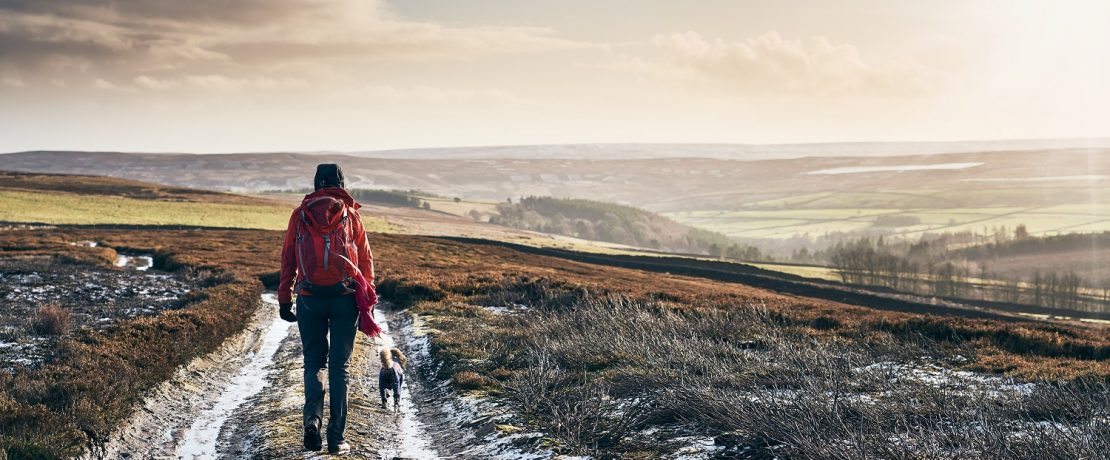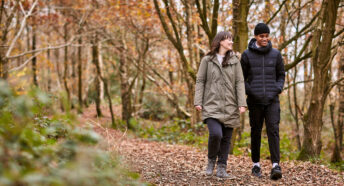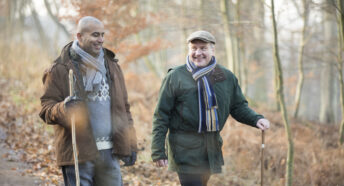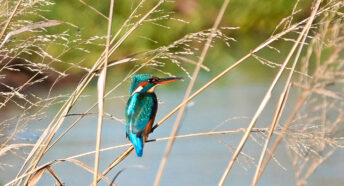Susie White’s wonders of winter
Not everyone is thrilled as we approach the long nights of mid-winter, but Guardian country diarist Susie White positively relishes the unpredictability of the season – and all the natural beauty it brings
Stepping from my door and out into a frosty world, I’m exhilarated by the sharp air on my skin. Low sunlight ripples across whitened fields. Every blade of grass in the rough pasture is outlined and glinting. I revel in the clarity of the sky, in the thin song of a robin on a lichened branch and the ice patterns that swirl across the milk-glass puddles of the track. With each branch coated in frost, the trees on the wooded hillside look less solid, more like puffs of smoke, insubstantial, ethereal.
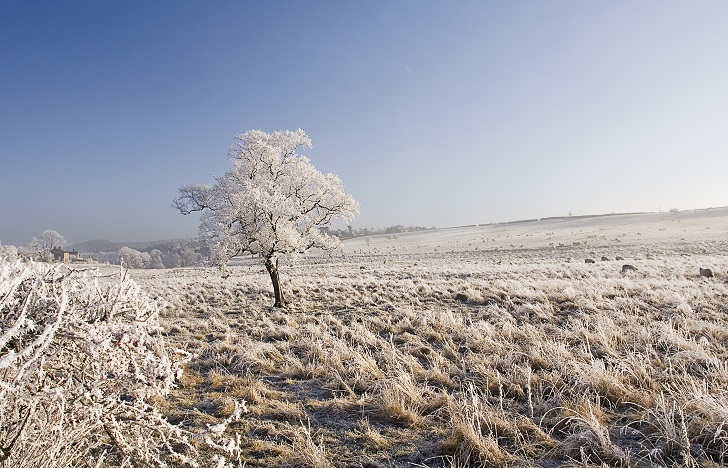
Not all days are as uplifting as this. My daily lockdown walk reminded me to get outside whatever the weather, to immerse myself in all its changes. There are winter days of pounding winds coming in from the west when the rain blots out the far woods and I feel so much better for the pummelling walk than if I’d stayed in. Days of soft North Pennine drizzle, cold days when the north sky is as grey as a collared dove’s wing, the in-between days I might once have called dreich but that I now embrace.
I grew up in rural Berkshire and Sunday afternoons would be spent walking the dogs in all weathers. Leaves crunched underfoot on sharp cold days. Sodden walks were rewarded by a warm fire and home-made jam for tea. As a child, I learnt how fragile the countryside is when a new road sliced through a favourite place – the semi-ancient woodland of Norman’s Shaw with its oaks, early purple orchids and plentiful primroses. My father campaigned for CPRE and was vice president of the Berkshire branch and, for a while, I was the youngest life member in the country.
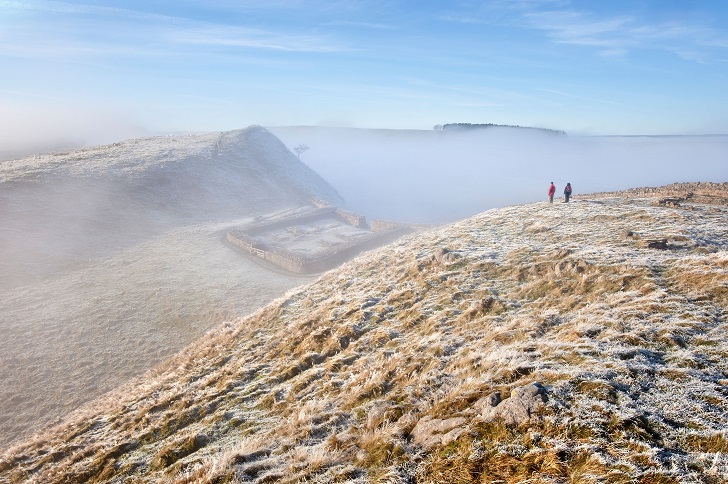
I came up to dig on Hadrian’s Wall 40 years ago, and fell for Northumberland’s wide skies and wind-whipped short grass uplands – and for its unpredictable winters. The valley where I now live and garden is one of extremes. Plants and wildlife must cope with a swing of 50 degrees, from ice-bound days, when icicles hang from the log shelter, to the intense summer heat that pours into the bowl of the land. Through the kitchen window I watch loping hares, the pale shape of a barn owl quartering the grassy slope, deer and herons, the flash of a stoat in ermine.
When the East Allen froze I watched a dipper slip under the ice to feed, its body moving below a solid five inches before emerging to preen and shake its tail. Birds like the dipper that sing in deep winter are especially heartening; the mistle thrush that flings out wild bursts of song, a buzzard circling above my house, mewing into the cold air. In early winter the tawny owls are especially vocal, the females’ urgent ‘ke-wicks’, males hooting repeatedly at dusk and dawn.
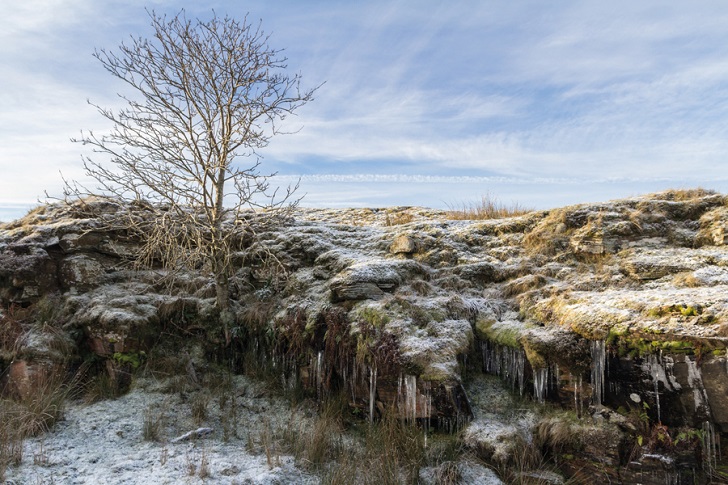
When it thaws, trailing branches are weighted with ice globules as if made by a glass-blower – fat, round and clinking in the movement of water. With the rush of snowmelt comes the terrifying elemental sound of huge boulders grinding along the riverbed. Incredible, then, that fish eggs and tiny alevin can survive these spates. It’s up a side stream that the sea trout migrate, close by my kitchen window. During November rains, they leap a small waterfall to spawn further up the burn in a gravelly pool. I lie up on the bank to watch a wriggling female create a shallow redd for the eggs, and the male shimmy alongside to fertilise them.
I travel a bit further for some winter experiences. For starling murmurations, I’ll go at dusk to wait by the reedbeds of the South Tyne as they come in to roost, their disparate groups coalescing, shape-shifting, swooping and twisting. Thrilled by the rushing sound from massed wings, the exuberance of their sky patterns, I savour the dramatic moment as they plummet into the reeds and all is suddenly silent.
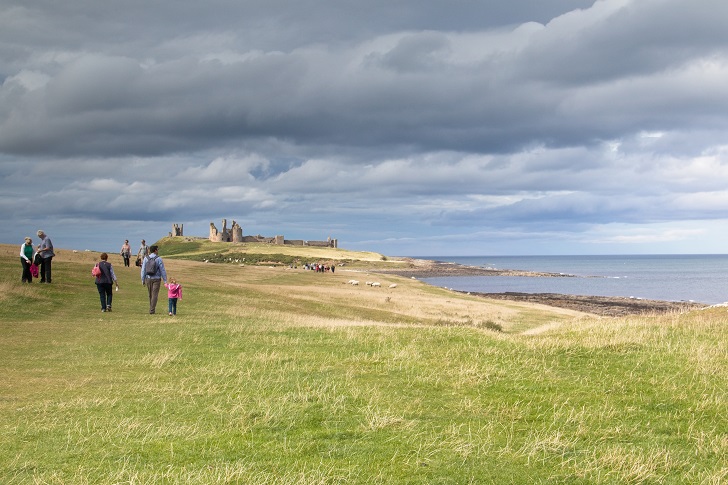
In December the Northern Lights play across the sky. Sometimes I can see them from the house or, for a wider view, I leave the valley for the high ground and thrill to the rippling shifting patterns of red and green over the distant Cheviots. With so little light pollution, the North Pennine skies are gloriously star-filled, the Milky Way a gauzy band stretched between the horizons.
Then it’s to the sea that I have to go to hear the curlews, to the mudflats of Boulmer, the castle-topped shoreline of Craster. I need to listen to their fluting, other-worldly cries, to fill myself with the sweet sadness of their wild calls. With their winter spent at the coast, I will have to wait until February for the curlews’ return to the moors around my home.
Susie White is a writer and naturalist living in the North Pennines Area of Outstanding Natural Beauty. Read her regular Guardian ‘Country Diary’ columns here and find out more about her work at susie-white.co.uk
A version of this article was originally published in CPRE’s award-winning magazine, Countryside Voices. You’ll have Countryside Voices sent to your door three times a year, as well as access to other benefits including discounts on attraction visits and countryside kit from major high street stores when you join as a CPRE member. Join us now.
